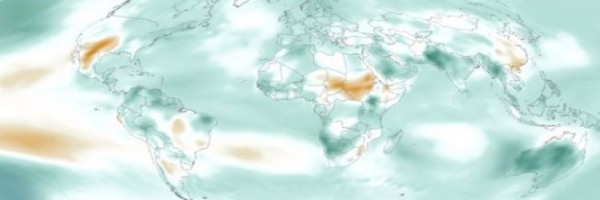The quantitative and qualitative estimation of the water content embedded in the chemical structure of particulate matter represents a breakthrough of sorts when it comes to drawing conclusions about its origin. Until recently, research in the field of so-called source attribution, and thus the determination of probable sources of origin of particulate matter, was based exclusively on the quantitative comparison of the chemical composition of the particles in the source and in the receiver and the comparison of this information with the properties of other sources with similar characteristics. Because of the dynamic changes it undergoes in the atmosphere and the analytical difficulties associated with its determination, water has not been considered as a factor supporting such conclusions.
The development of modern chemometric techniques, including Karl Fischer's conductometric titration method for the assessment of water content in solid samples, facilitated the analytical determination of water content in PM, but also enabled the speciation of water forms, which allowed the comparison of samples from different sites for the presence of free and PM-bound water. The results obtained during the project implementation made it possible to quantify the water content in PM of different particle sizes and to study the variability of its fraction and forms (free water / bound water) depending on the prevailing weather conditions. The project showed increased water uptake by particulate matter (PM1) of up to 60% of PM mass and in the case of TSP of up to 40% of PM mass.
The content of bound and unbound water, related to the PM1 fraction, reached over 1000 µg in the mass of PM at the level of several mg. It was concluded that the presence of ions and secondary organic aerosol increases water uptake by PM, which at the same time suggests the significant influence of human activities on increasing water uptake. At the same time, the winter season and periods of atmospheric stagnation favoured an increased concentration of water loosely bound to PM. This is an important conclusion from the point of view of harmfulness to health (easier bioavailability to the body during the heating season). The knowledge gained in this phase of the project is an important step towards developing effective strategies to control and reduce the harmful effects of particulate matter, especially in smog situations.
During the course of the project, a new methodology for the assessment of probable sources of PM was developed based on the evaporation spectrum and the rate of water evaporation from PM. It has also been shown that the content of harmless (from the point of view of inhalation of PM particles) water is an artifact for gravimetric measurements, especially in areas subjected to strong anthropogenic pressure, where the dominant part of PM mass is a highly hygroscopic secondary organic aerosol. This conclusion is important taking into account the currently recorded exceedances of the permissible levels of suspended dust in the areas of urban agglomerations. The obtained results also have a significant impact on the development of the metrological discipline in terms of the correct assessment of PM mass using gravimetry methods and determination of the precision of PM mass measurements using various measuring tools (balances, weighing robots).
Water, as a chemical component of PM constantly undergoes physicochemical changes, and affects mass deviations in PM measurements, depending on the filter conditioning time, dust collection method, PM mass size, conditions during samples transportation to the laboratory or even conditions in the weighing chamber. An important issue in monitoring tests aimed at the most accurate determination of the PM mass will also be the appropriate selection of the filter material for dust collection. The obtained results indicate that quartz and glass filters allow for greater stability of mass measurements in relation to nylon filters or PTFE filters, however, from the point of view of determining the water content by titration methods, the best choice is the use of PTFE filters due to their hydrophobicity.




